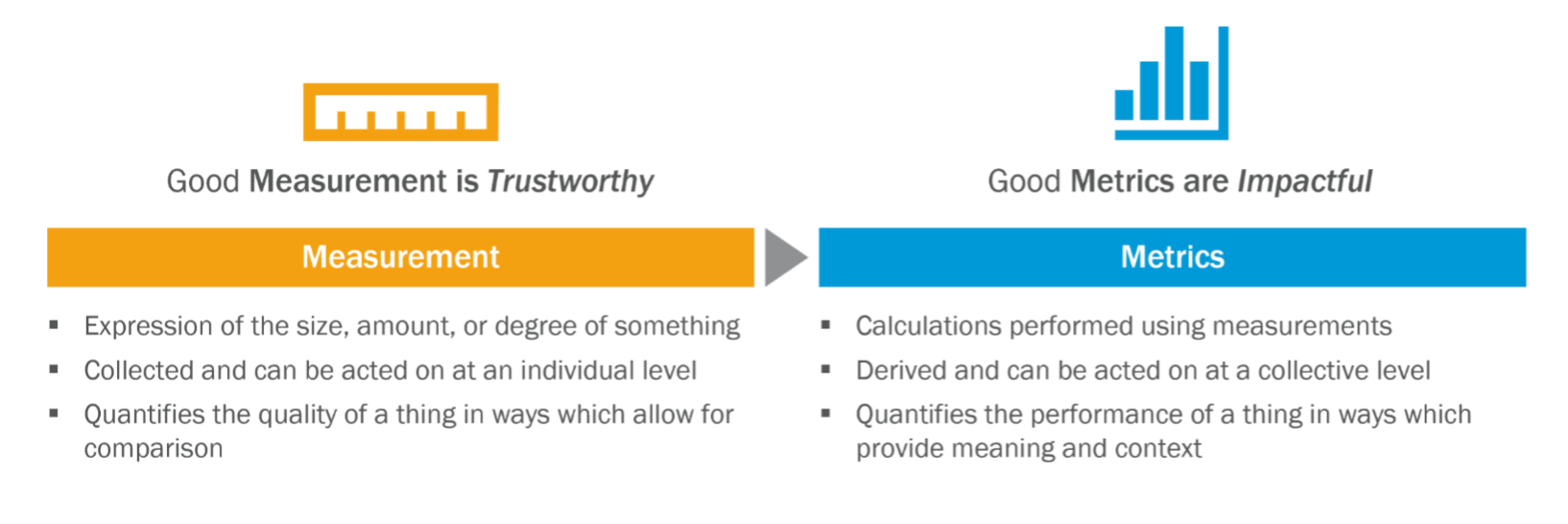Metrics Architecture
Align business objectives and KPIs to prioritize, organize, and best track your key measurements and metrics.
Get the Right MetricsDashboard Development
Design real-time, custom dashboards for organizational decision-making and VoC impact tracking.
Build Dashboards‘Quick Start’ Measurement Strategy
Most organizations are data-rich and insights-poor; the right measurement strategy can quickly help fix that.
Get StartedProcess Improvement
Refine and improve the processes that drive your measurement and metrics to boost program effectiveness and ROI.
Get a Tune-UpTraining and Education
Provide teams with the skills to effectively manage and better leverage the experience measurement tools you have.
Empower Your Team


